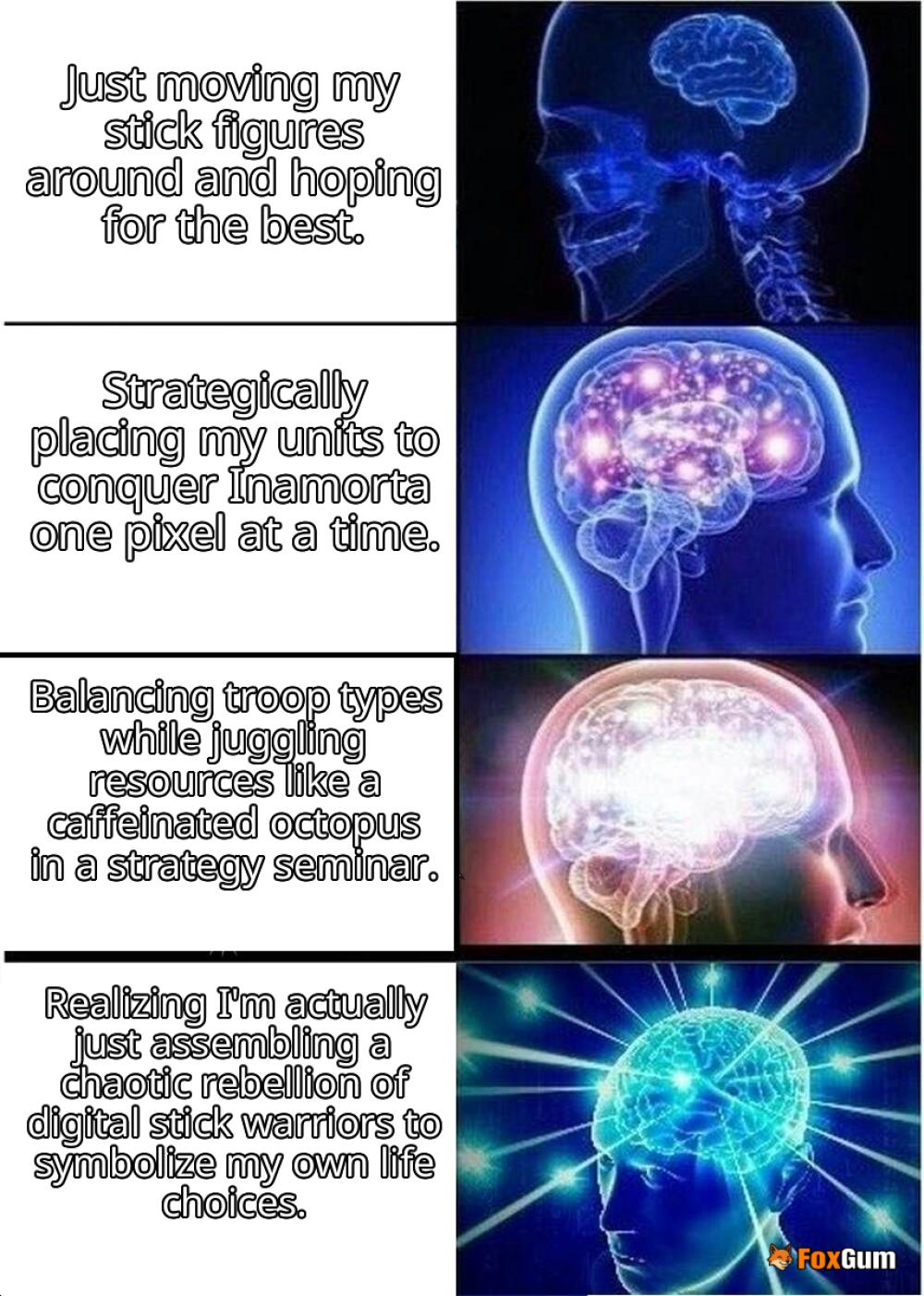
Class Struggle
Understanding Class Struggle
Class struggle is a concept that has been central to various political and economic theories, particularly those rooted in socialism and communism. It refers to the conflict of interests between different social classes, primarily between the working class and the owning class. This struggle is often seen as a driving force behind social change and political movements aimed at achieving greater equality and justice.
Theoretical Foundations
The idea of class struggle is most famously associated with Karl Marx, who viewed it as a fundamental element of societal development. According to Marx, history is characterized by the conflict between the oppressors, who own the means of production, and the oppressed, who sell their labor. This ongoing struggle is not merely an economic issue; it encompasses social, political, and cultural dimensions as well.
Other theorists, such as Mikhail Bakunin, expanded the definition of class struggle to include notions of domination and privilege beyond economic factors. Bakunin emphasized the importance of addressing political and cultural inequalities, suggesting that true liberation requires a comprehensive understanding of how various forms of oppression intersect.
Manifestations of Class Struggle
Class struggle can manifest in various forms, both overt and covert. Overt expressions include strikes, protests, and other forms of collective action where workers demand better wages, working conditions, and rights. For example, labor unions often engage in negotiations with employers to secure fair treatment for their members.
On the other hand, covert expressions of class struggle might involve tactics such as slowdowns in production or coordinated sick leave, often referred to as "blue flu." These actions are typically aimed at drawing attention to grievances without escalating to open conflict.
The Role of Ideology
Ideological struggle also plays a significant role in class conflict. Propaganda and political literature are tools used by various groups to promote their perspectives and mobilize support. The narratives constructed around class struggle can shape public perception and influence political agendas. For instance, the portrayal of workers as victims of exploitation can galvanize support for labor rights initiatives.
Contemporary Relevance
In today's world, class struggle remains a relevant topic as economic inequality continues to rise in many societies. The gap between the wealthy and the working class has led to increased discussions about social justice and the need for systemic change. Movements advocating for fair wages, universal healthcare, and improved labor rights are examples of contemporary expressions of class struggle.
Furthermore, the digital age has transformed how these struggles are fought. Social media platforms allow for rapid dissemination of information and mobilization of support, making it easier for grassroots movements to gain traction. However, this also presents challenges, as misinformation can spread just as quickly, complicating the narrative around class issues.
Conclusion
Class struggle is a complex and multifaceted concept that encompasses economic, political, and social dimensions. Understanding its historical roots and contemporary implications can provide valuable insights into the ongoing quest for equality and justice in society. As individuals engage with these issues, it is essential to recognize the diverse perspectives and experiences that shape the discourse around class conflict.

















 Exploring the Legacy of Hawaii Five-O
Exploring the Legacy of Hawaii Five-O 
 Health
Health  Fitness
Fitness  Lifestyle
Lifestyle  Tech
Tech  Travel
Travel  Food
Food  Education
Education  Parenting
Parenting  Career & Work
Career & Work  Hobbies
Hobbies  Wellness
Wellness  Beauty
Beauty  Cars
Cars  Art
Art  Science
Science  Culture
Culture  Books
Books  Music
Music  Movies
Movies  Gaming
Gaming  Sports
Sports  Nature
Nature  Home & Garden
Home & Garden  Business & Finance
Business & Finance  Relationships
Relationships  Pets
Pets  Shopping
Shopping  Mindset & Inspiration
Mindset & Inspiration  Environment
Environment  Gadgets
Gadgets  Politics
Politics 